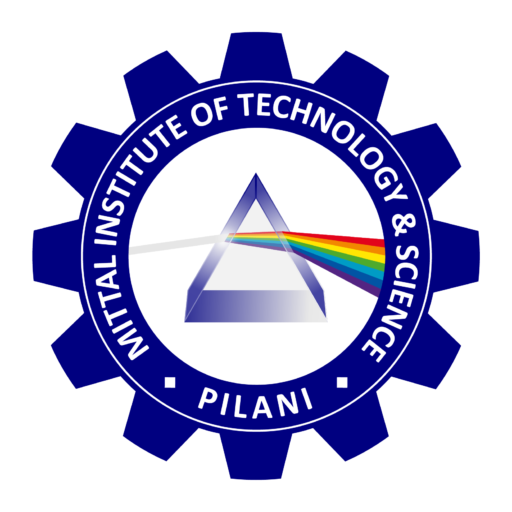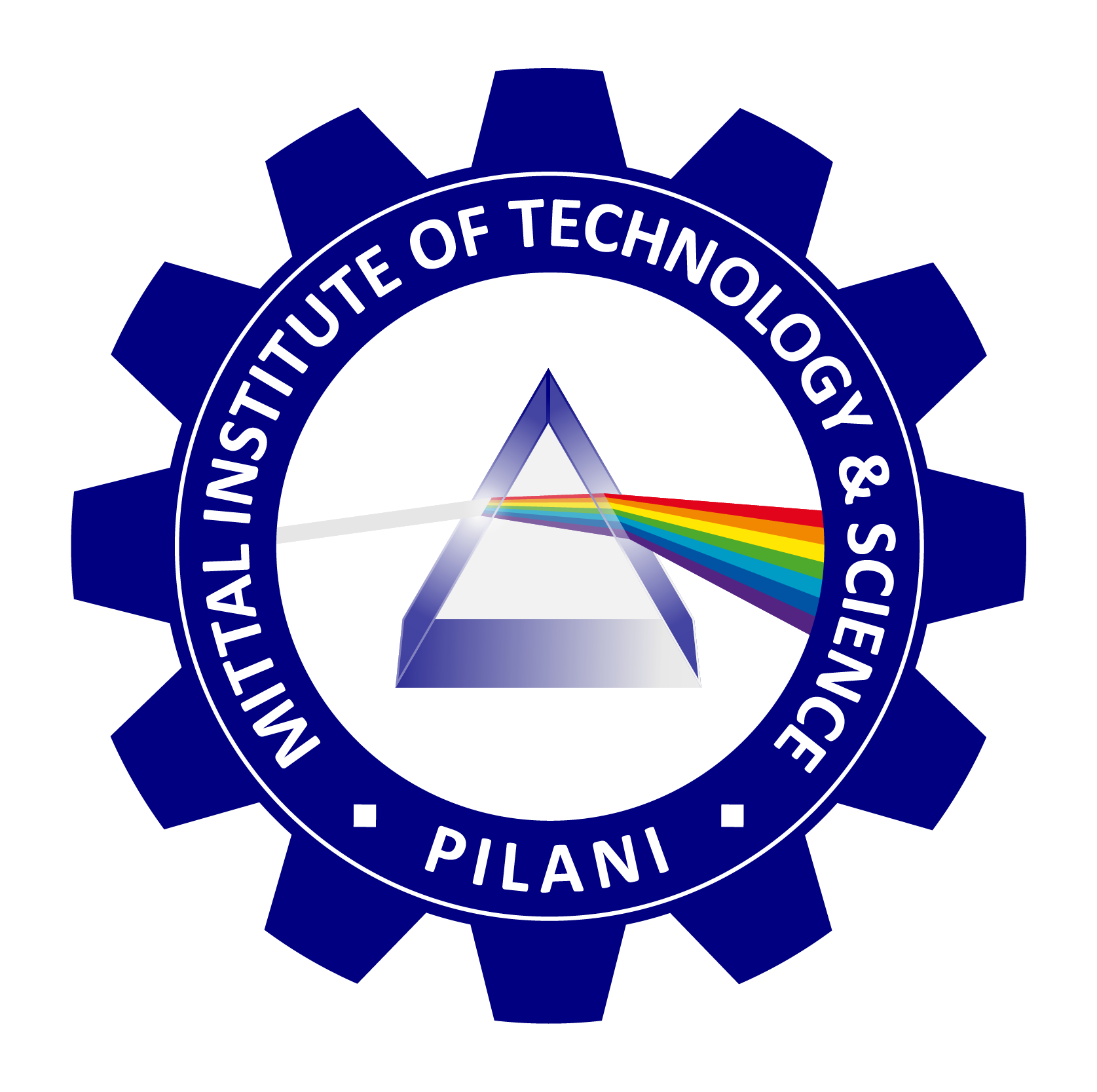
MITTAL INSTITUTE OF TECHNOLOGY & SCIENCE, PILANI
Data Relay Satellites: A Crucial Link in Modern Communication
Data relay satellites (DRS) play a pivotal role in modern space communication systems, enabling uninterrupted, real-time data transmission between spacecraft, satellites, and ground stations. Their function is especially crucial for space missions involving Earth observation, global positioning, scientific research, and military operations, where continuous communication is essential. These satellites act as intermediaries that relay signals from one point to another, overcoming the limitations of direct line-of-sight communication, which is often hindered by Earth’s curvature, atmospheric interference, or the rotational movement of celestial bodies.
The Role of Data Relay Satellites
A data relay satellite system is essentially a network designed to provide near-continuous communication between orbiting satellites and their corresponding ground stations. Without this system, satellites would only be able to communicate with Earth when they are in direct sight of a ground station, which would lead to significant gaps in communication, especially for low-Earth orbit (LEO) satellites.
For example, Earth observation satellites, which gather critical environmental data, or the International Space Station (ISS), which supports various scientific experiments, rely heavily on data relay satellites to transmit information back to Earth. These systems ensure real-time data flow, enabling space agencies to monitor and control satellites continuously, perform instant data analysis, and make prompt adjustments to mission parameters when needed.
Key Features and Operation
Data relay satellites typically operate in geostationary orbits (GEO), positioned at a fixed location over the Earth. From this vantage point, they can maintain constant communication with both spacecraft and ground stations. These satellites are equipped with high-frequency communication systems, such as S-band, X-band, and Ka-band transponders, to handle the vast amounts of data transmitted between spacecraft and ground facilities. The relay satellite essentially receives signals from the spacecraft, processes them, and transmits the signals down to Earth or to another satellite within the network.
One of the most notable examples of a data relay satellite system is NASA’s Tracking and Data Relay Satellite System (TDRSS). This system comprises a fleet of geostationary satellites that provide real-time communications services to various NASA spacecraft, including the Hubble Space Telescope and the ISS. TDRSS allows for continuous monitoring and high-data-rate transmission, enhancing the efficiency and reliability of NASA’s space missions.
Importance in Earth Observation and Deep Space Missions
For Earth observation missions, where satellites often orbit in LEO, data relay satellites are indispensable. LEO satellites have limited visibility to ground stations due to their fast orbital speeds, making it difficult to establish continuous contact. By leveraging data relay satellites, these LEO missions can maintain near-constant communication, allowing real-time data collection for weather forecasting, disaster management, environmental monitoring, and security applications.
In deep space missions, data relay satellites are equally vital. Spacecraft exploring distant planets or moons, such as Mars rovers or lunar probes, face significant communication delays and signal losses due to the vast distances involved. Data relay satellites positioned at strategic points can help mitigate these issues by amplifying and relaying signals, ensuring that mission controllers on Earth receive critical data in a timely manner. This capability is particularly important for missions requiring high-precision control and data accuracy.
Military and Commercial Applications
The importance of data relay satellites is not limited to scientific and exploratory missions. Military applications, particularly those involving surveillance, reconnaissance, and missile defense, rely on uninterrupted satellite communication for real-time intelligence gathering and strategic decision-making. Data relay satellites offer the secure and continuous transmission capabilities necessary to support these operations, even in hostile environments or during wartime.
In the commercial sector, data relay satellites support a wide range of services, including satellite-based internet, telemedicine, teleconferencing, and global positioning systems (GPS). Telecommunications companies leverage relay satellites to ensure reliable, high-speed data transmission across continents, connecting remote regions and facilitating global trade and business.
Challenges and Future Prospects
Despite their significant advantages, data relay satellites face several challenges. The high cost of launching and maintaining these systems, the risk of satellite collisions in crowded orbits, and the vulnerability to cyberattacks and space weather are ongoing concerns for space agencies and satellite operators. Additionally, as the demand for data communication grows, the bandwidth capacity of data relay satellites needs to expand to accommodate increasing data volumes.
Future developments in satellite technology, such as the integration of optical communication systems (laser-based communications) and quantum encryption for secure data transmission, hold promise for enhancing the performance of data relay satellites. These innovations could enable faster, more secure communication links, opening up new possibilities for space exploration and commercial satellite applications.
Data relay satellites are an essential component of modern space infrastructure, enabling continuous and reliable communication between spacecraft, satellites, and ground stations. Their role in supporting Earth observation, deep space exploration, military operations, and commercial services highlights their versatility and importance in today’s interconnected world. As technology advances, data relay satellites will continue to evolve, playing a critical role in ensuring the success of future space missions and global communications.

Professor Rakesh Mittal
Computer Science
Director
Mittal Institute of Technology & Science, Pilani, India and Clearwater, Florida, USA
